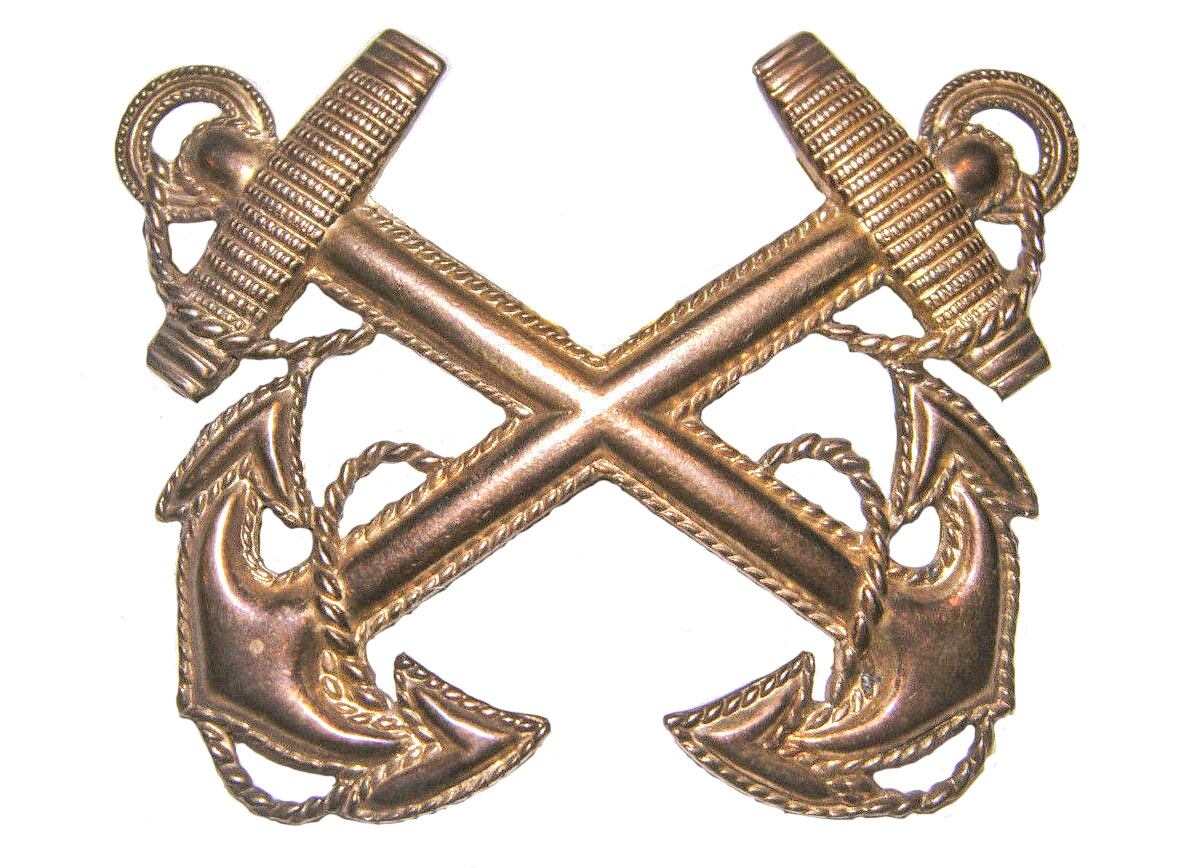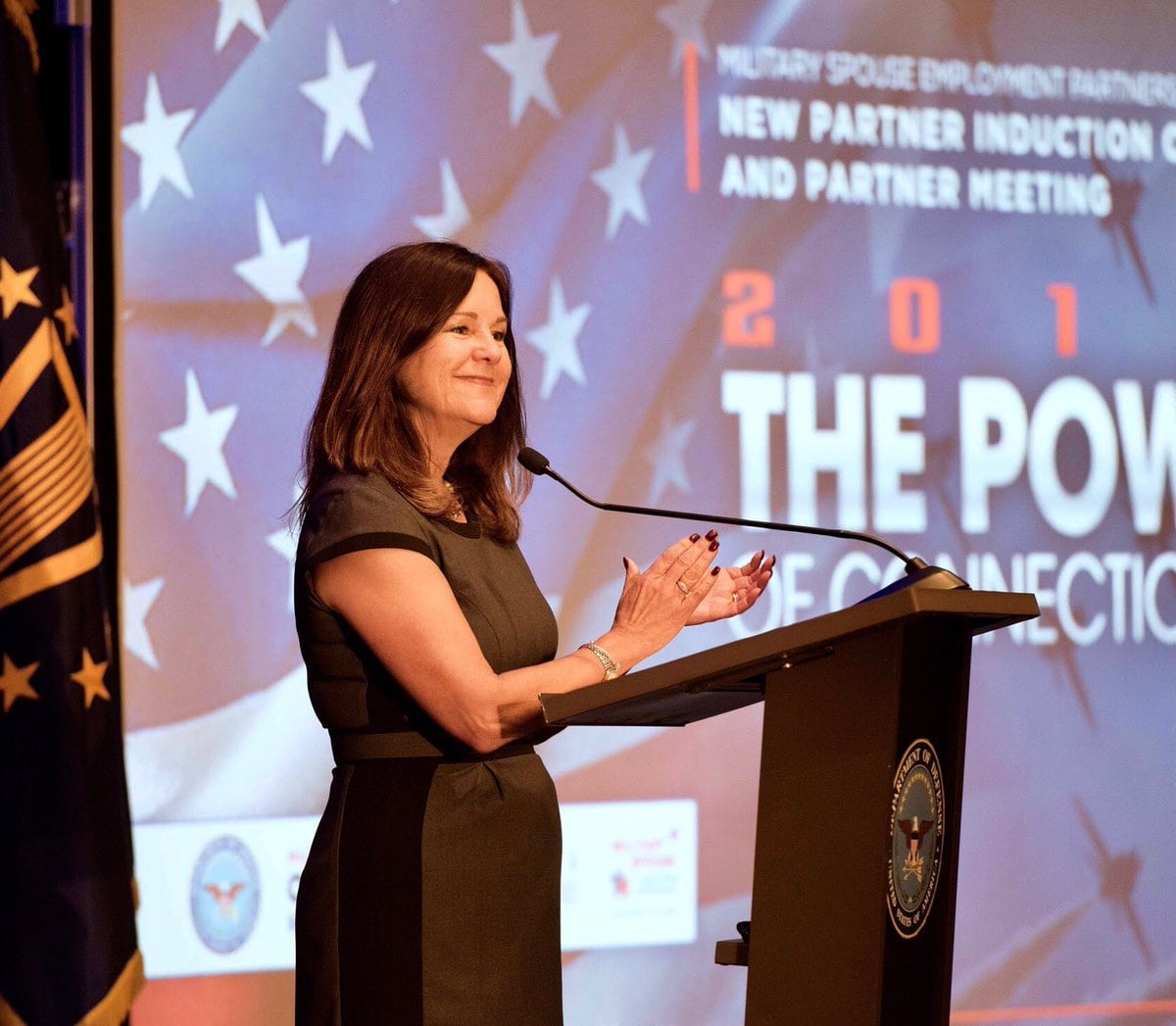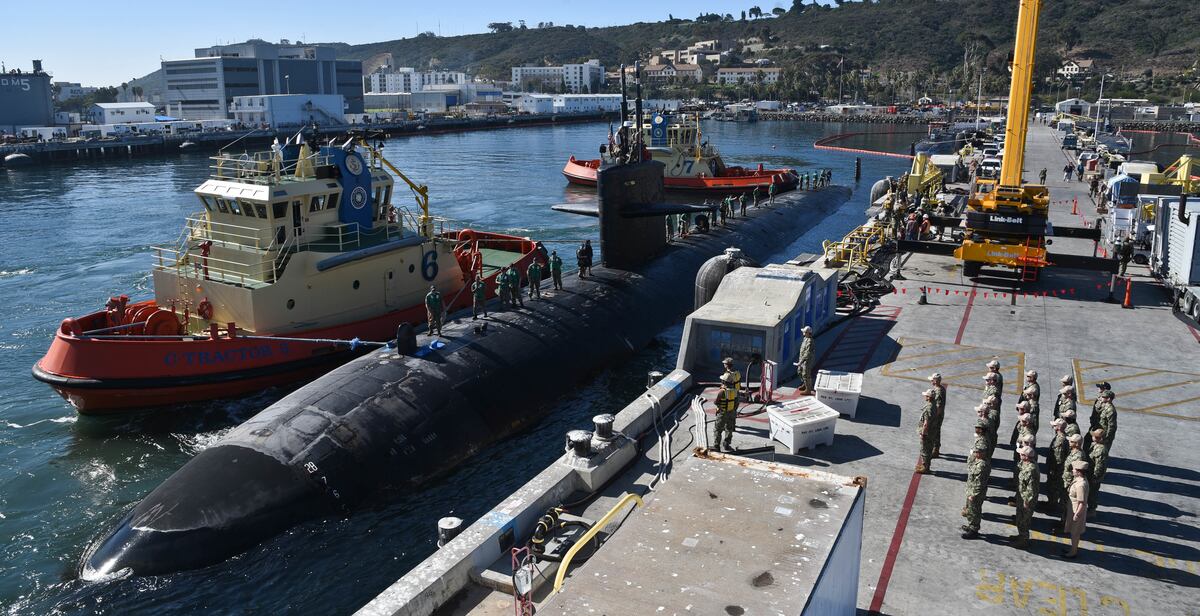Jonathon Wynn joined the Navy about a decade ago with his eyes on cyber. Now, he’s among the first batch of sailors who will play a key role in shaping the way the sea service battles high tech foes for years to come.
“A lot of us are going to take that experience and technical kind of oversight into those higher level meetings and really assist leadership in making those important decisions while being well informed,” said Wynn, who’s one of eight sailors who graduated Friday from the Limited Duty Officer/Chief Warrant Officer Academy in Newport, Rhode Island, as a warrant officer-1.
A first class petty officer before his appointment to W-1, Wynn has orders to report next to Cryptologic Warfare Activity 66 at Fort Meade, Maryland.
If his rank sounds odd to you, it’s because the Navy phased it out the bulk of its W-1s after 1975. According to Pentagon personnel reports, the sea service reported its last W-1s in 1995.
But last year, the sea service announced it was reinstating W-1 to recruit and retain more leaders with technical experience in computer network operations.
“This graduating class of six newly minted warrant officer-1s couldn’t come at a better time and over the next year, we will select even more sailors for this important program,” the Navy’s top personnel officer, Vice Adm. John Nowell, said in a statement to Navy Times.
"Bringing back the W-1 rank is a great example of our agile adjustment of personnel policies, in this case intended to improve manning the fleet with the right sailor in the right position at the right time to ensure success in the cyber domain.”
RELATED

The Navy established the cyber warrant officer program in 2010 to meet a critical demand for officers with specific cyber skills.
By reinstating the W-1 rank, the service hopes to capture and retain talent early, before sailors are siphoned off by the civilian marketplace.
“They are more junior personnel but by bringing them into the officer ranks earlier, we kind of extend the ability to use our timeline to use their skills across their commissioned service whereas the traditional warrant officer-2s come in a little bit later, a little bit more senior, which limits the amount of time that we can use them in the commissioned ranks," said Cmdr. Will Tirrell, the cryptologic warfare and cyber warfare engineer officer community manager at the Bureau of Naval Personnel.
The Navy initially announced it was elevating six sailors to W-1, chosen by a special selection board from an applicant pool of 16, for fiscal years 2019 and 2020.
It later appointed two alternates also picked by the board to meet the needs of the cyber community, said Lt. Cmdr. Frederick Martin, a spokesman for Naval Service Training Command.
RELATED

To be eligible for the program, sailors must have at least six years of time in service, work in the Cryptologic Technician Network field and have one of four enlisted classifications, H13A, H14A, H15A or H16A.
Appointment requires a six-year service obligation and a minimum of three years spent as a W-1. The new W-1s will be eligible for promotion to Chief Warrant Officer-2 after they have reached at least a dozen years in uniform.
Like Wynn, Devan Sorenson previously held a first class rating.
Bound for Cyber Strike Activity 63 at Fort Meade, Maryland, he said he prepared for his expanded role by seeking close mentoring from other “mustangs” within the cyber community.
Navy Times editor’s note: Due to an error by Big Navy, we’ve changed the copy above to reflect that the sea service kept making W-1s after 1975, just not very many. Thanks to an alert reader who spotted the mistake, we went back to the annual Department of Defense personnel statistical report for the end of FY 1993 and found that the Navy reported 51 W-1s on active duty. There were none at the end of FY 1994, only eight in FY 1995 and the rank appears to have disappeared completely by the end of FY 1996. We’ve informed the Navy of the error and we’ll correct it on our previous stories, too.
RELATED

Courtney Mabeus-Brown is the senior reporter at Air Force Times. She is an award-winning journalist who previously covered the military for Navy Times and The Virginian-Pilot in Norfolk, Va., where she first set foot on an aircraft carrier. Her work has also appeared in The New York Times, The Washington Post, Foreign Policy and more.





